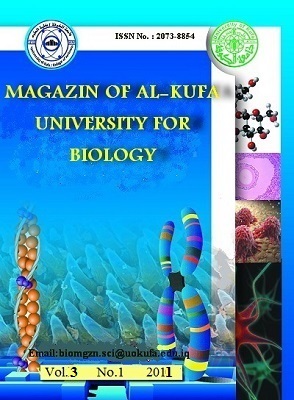Histological study of the effect of Thyroxin and Aqueous extract of Karkade on liver in Swiss male mice
Abstract
The plant Karkade (Hibiscus sabdariffa L.) has been, for many years used in different countries around the world as a culinary and therapeutic resource, it has been used as antihypertensive, anti-hypercholesterolemia and as diuretic. This study aimed to determine the effect of thyroxin and the aqueous extract of Karkade alone and together on the histological and cytological structure of the liver and the inhibitory effect of the aqueous extract of Karkade on hyperthyroidism.
Forty Swiss albino mice were used in this study; animals were divided into four equal experimental groups. The experimental groups included: control group, animals treated with thyroxin, animals treated with aqueous extract of Karkade and animals treated with thyroxin and with the aqueous extract of Karkade together.
Results showed that the injection of thyroxin has negative effects on the liver, and that the active compounds of aqueous extract of Karkade have an important role in the inhibition of the negative effects of thyroxin
Key words: thyroxin, Hibiscus sabdariffa, karkade, liver, inhibitionDownloads
Downloads
Published
How to Cite
Issue
Section
License
Copyright (c) 2013 adnan al-budairy, nadia fadil, maison abd al-ameer

This work is licensed under a Creative Commons Attribution 4.0 International License.
which allows users to copy, create extracts, abstracts, and new works from the Article, alter and revise the Article, and make commercial use of the Article (including reuse and/or resale of the Article by commercial entities), provided the user gives appropriate credit (with a link to the formal publication through the relevant DOI), provides a link to the license, indicates if changes were made and the licensor is not represented as endorsing the use made of the work.












